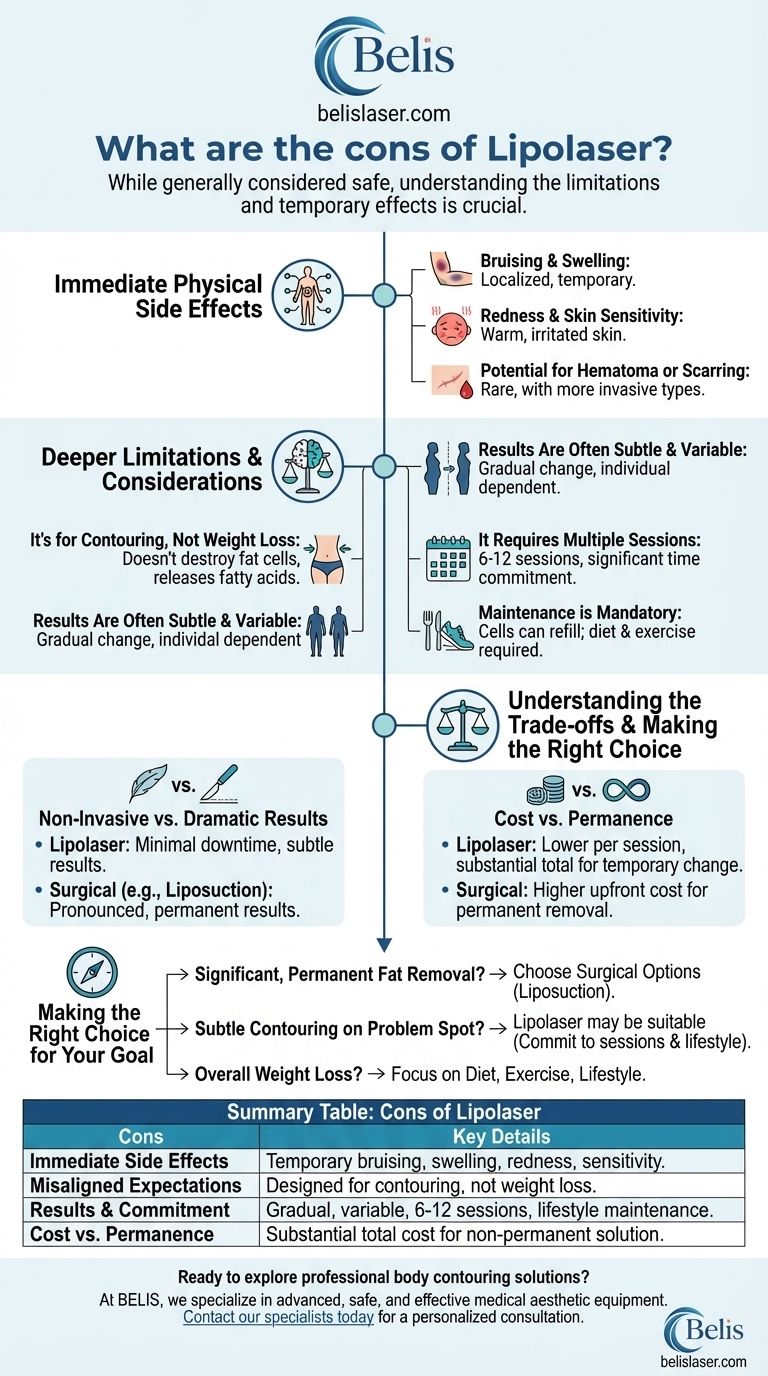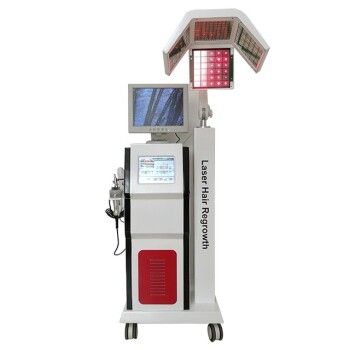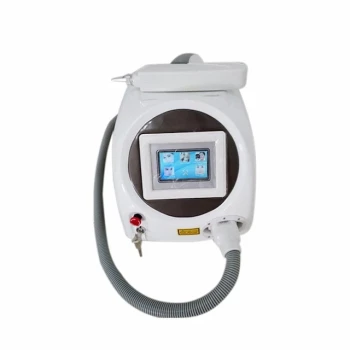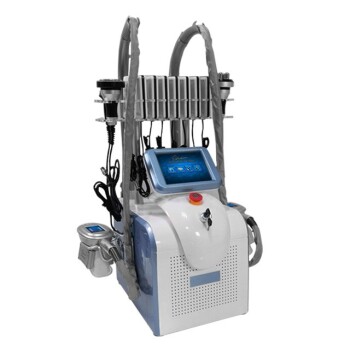While generally considered safe, the primary cons of Lipolaser involve immediate but temporary side effects and a misunderstanding of its limitations. The most common physical drawbacks include potential bruising, swelling, redness, and in rarer cases with more invasive laser types, scarring or a collection of blood under the skin (hematoma).
Lipolaser is a tool for subtle body contouring, not a method for significant weight loss. Its most significant "con" is often the gap between a patient's expectations for dramatic fat removal and the modest, variable results the procedure actually delivers.

Immediate Physical Side Effects
Lipolaser is designed to be non-invasive with minimal downtime, but your body is still reacting to the treatment. These side effects are typically mild and resolve on their own.
Bruising and Swelling
The application of the laser paddles and the body's inflammatory response can lead to localized bruising and swelling in the treated area. This is usually minor and temporary.
Redness and Skin Sensitivity
The targeted skin may appear red and feel sensitive or warm to the touch immediately following a session. This irritation typically subsides within a few hours.
Potential for Hematoma or Scarring
While very rare with non-invasive Lipolaser, more aggressive forms of minimally invasive laser lipolysis carry a higher risk. A hematoma is a localized collection of blood, and scarring can occur at incision points if any are made.
Deeper Limitations and Considerations
The more significant drawbacks of Lipolaser are not about side effects, but about its fundamental capabilities and what it requires from the patient.
It's for Contouring, Not Weight Loss
This is the most critical point. Lipolaser does not destroy fat cells. It uses low-level laser energy to create temporary pores in fat cells, causing them to release their stored fatty acids into the body to be metabolized. The fat cells themselves remain and can store fat again.
Results Are Often Subtle and Variable
Unlike surgical liposuction, the results from Lipolaser are not immediate or dramatic. The change is gradual over a series of treatments and highly dependent on the individual's body, metabolism, and lifestyle. Some individuals may see minimal results.
It Requires Multiple Sessions
A single Lipolaser session will not produce a visible change. A typical treatment plan involves 6-12 sessions, often scheduled two to three times per week, representing a significant time and financial commitment.
Maintenance is Mandatory
Because the fat cells are not removed, they can easily refill if you consume more calories than you burn. Maintaining the results from Lipolaser requires a consistent commitment to a healthy diet and regular exercise.
Understanding the Trade-offs
Choosing a body contouring procedure involves balancing invasiveness against effectiveness.
Non-Invasive vs. Dramatic Results
The key benefit of Lipolaser is that it's non-invasive with no downtime. The trade-off is that the results are significantly less pronounced and less permanent than surgical alternatives like liposuction, which physically remove the fat cells.
Cost vs. Permanence
While a single Lipolaser session is less expensive than surgery, the cost of a full course of treatments can be substantial. You are paying for a temporary, subtle change that requires ongoing effort to maintain, whereas surgical options offer a permanent removal of fat cells in the treated area for a higher upfront cost.
Making the Right Choice for Your Goal
To decide if Lipolaser is appropriate, you must be clear about your objective.
- If your primary focus is significant, permanent fat removal: You should investigate surgical options like liposuction, as Lipolaser will not meet this goal.
- If your primary focus is subtle body contouring on a "problem spot" with zero downtime: Lipolaser may be a suitable option, provided you are committed to the multiple sessions and lifestyle changes required.
- If your primary focus is overall weight loss: This procedure is not a weight loss tool; your efforts should be focused on diet, exercise, and lifestyle modification.
Ultimately, an informed decision comes from aligning the procedure's capabilities with your personal health and aesthetic goals.
Summary Table:
| Cons of Lipolaser | Key Details |
|---|---|
| Immediate Side Effects | Temporary bruising, swelling, redness, and skin sensitivity. |
| Misaligned Expectations | Designed for subtle contouring, not significant weight loss. |
| Results & Commitment | Gradual, variable results requiring 6-12 sessions and lifestyle maintenance. |
| Cost vs. Permanence | Full treatment cost can be substantial for a non-permanent solution. |
Ready to explore professional body contouring solutions?
At BELIS, we specialize in advanced, safe, and effective medical aesthetic equipment for clinics and premium beauty salons. Our experts can help you choose the right technology to meet your clients' specific goals, ensuring realistic expectations and optimal outcomes.
Let's discuss the best equipment for your practice. Contact our specialists today for a personalized consultation.
Visual Guide

Related Products
- Multifunctional Laser Hair Growth Machine Device for Hair Growth
- Multifunctional Laser Hair Growth Machine Device for Hair Growth
- EMSlim RG Laser Body Sculpting and Slimming Machine
- Cryolipolysis Fat Freezing Machine with Cavitation and Laser Lipolysis
- EMSlim Body Sculpting Machine EMS Body Slimming Machine
People Also Ask
- How often should you do laser hair regrowth? A Guide to the Two-Phase Treatment Schedule
- Do laser caps really regrow hair? A Science-Backed Guide to Effective Hair Regrowth
- Does IPL have risks? How to Ensure a Safe and Effective Treatment
- Which frequency is best for hair growth? Discover the Science Behind 50 Hz EMF Therapy
- Are IPL machines safe? Understanding Skin Tone Compatibility for Safe At-Home Use



















